Bundorragha Catchment Rhododendron Control Project
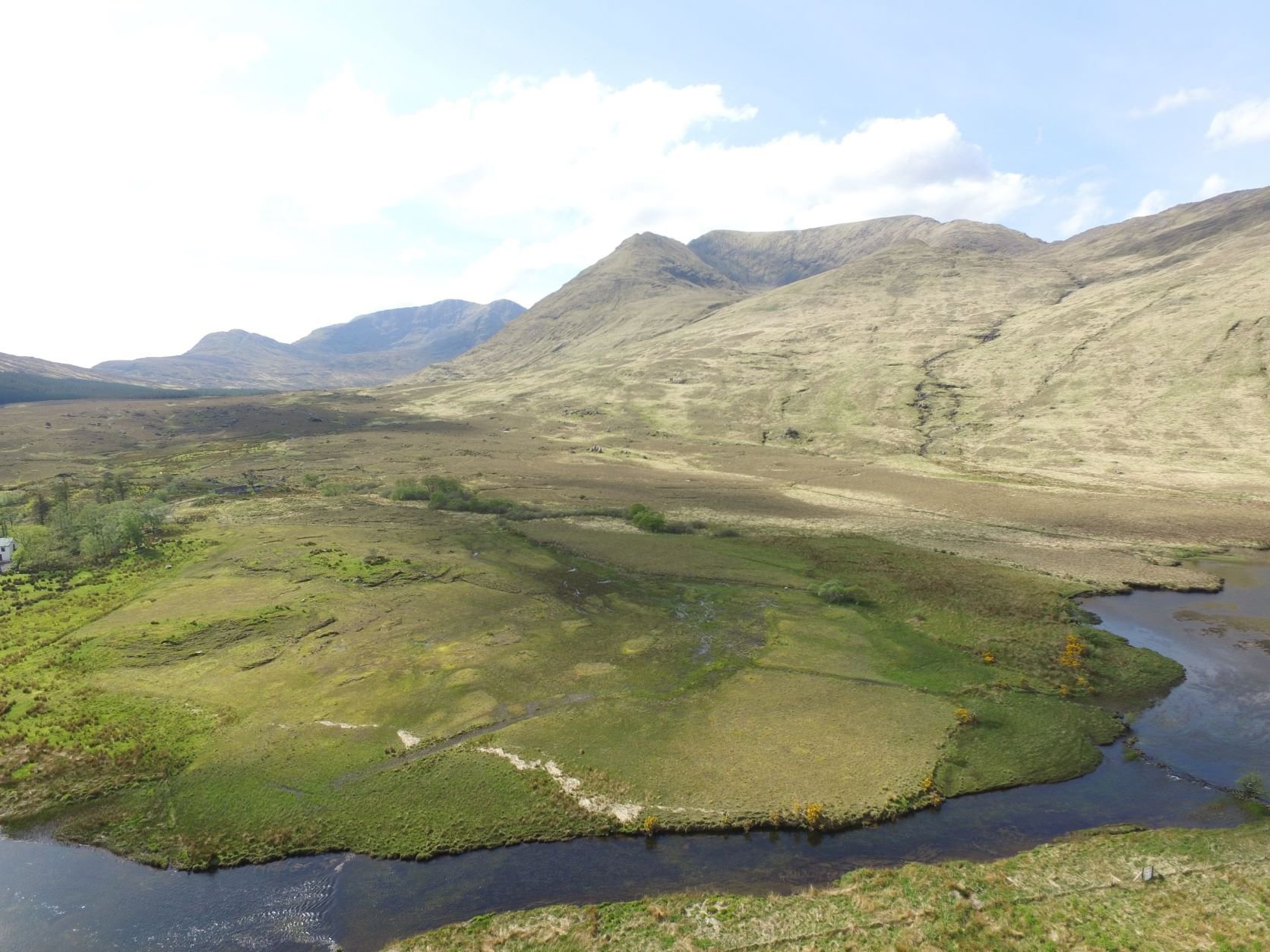
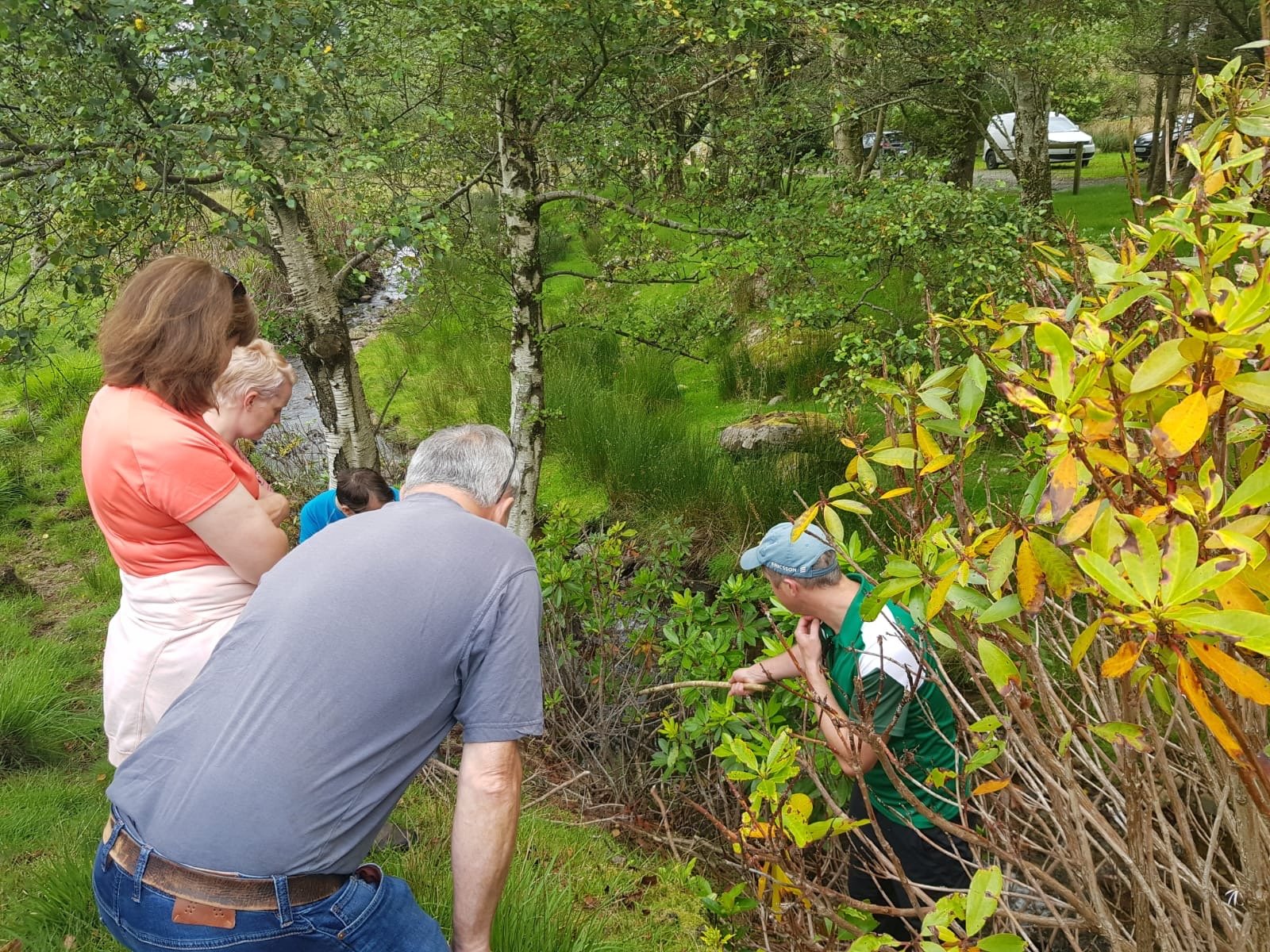
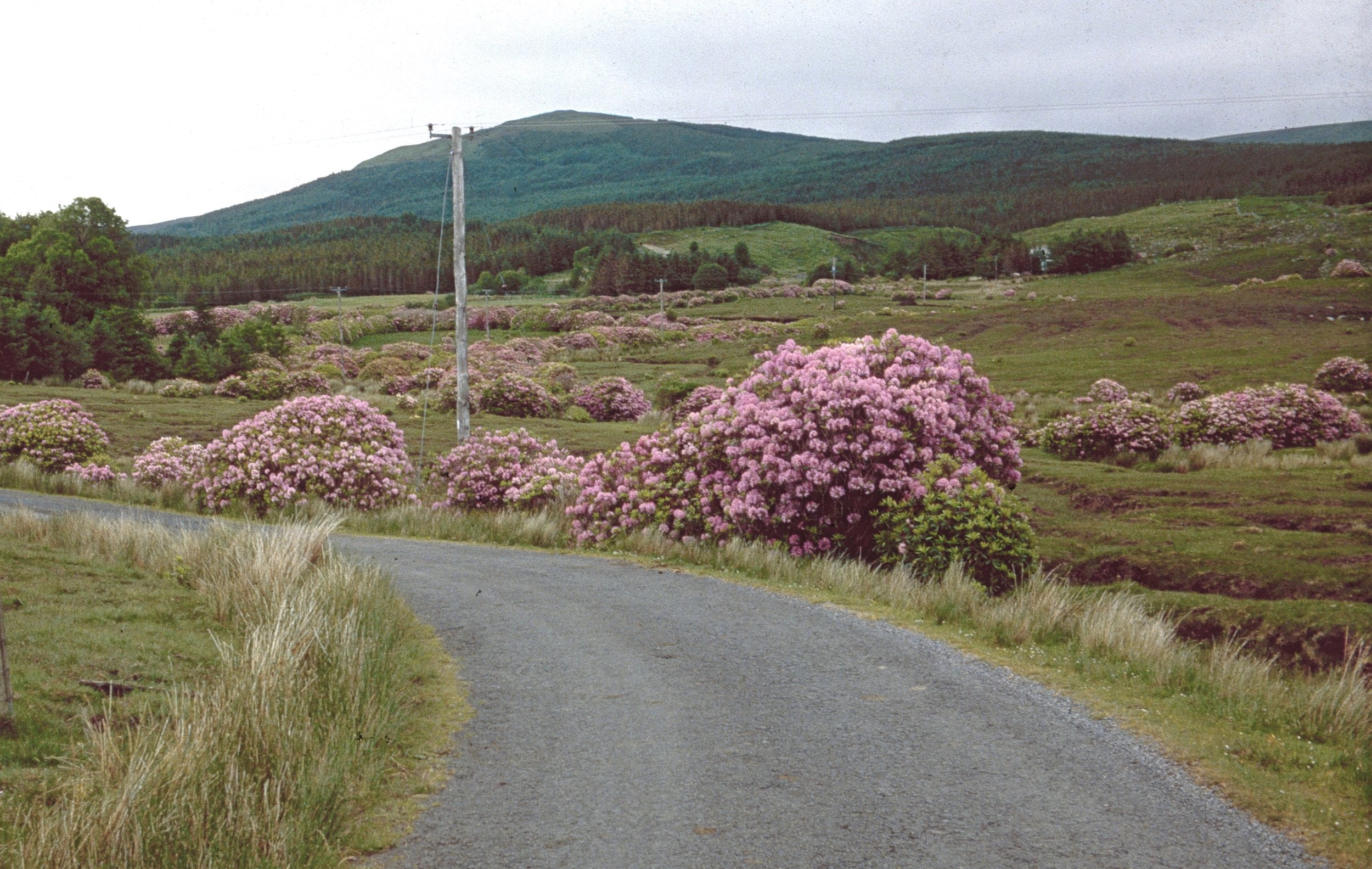
Project aims
The Bundorragha Catchment Rhododendron Control Project is a community led project being headed by Leenane Development Association. The project aims to develop and demonstrate a rhododendron control programme for the entire Bundorragha river catchment, County Mayo. Being community led, the project aims to build capacity in the local community to equip them to tackle this major threat to local biodiversity.
The Bundorragha river is a priority freshwater pearl mussel river catchment with extensive areas of high quality peatland and upland habitats.
The total catchment area covers 4,065ha of lands which comprise a mix of privately owned land and commonage.
It is envisaged that the approach developed during this project will provide a template of how similar projects could be run elsewhere in Ireland.
Project background
The Bundorragha is one of the most important catchments in Ireland for freshwater pearl mussel. Most farmers in this area are participating in the Pearl Mussel Project (PMP) European Innovation Partnership (EIP), a Results-based Agri-environment Payment Scheme (RBPS). The majority of the lands within the Bundorragha catchment are within the Natura 2000 network (Special Area of Conservation (SAC)).
Lands within the PMP programme are subject to annual assessment of habitat quality. Of the agricultural lands assessed in the programme, approximately 12% are recorded as being in sub-optimal condition due to the presence of the non-native invasive species, Rhododendron (Rhododendron ponticum). The maturity and density of the Rhododendron varies throughout this area from sparsely distributed immature seedlings to dense thickets of mature plants.
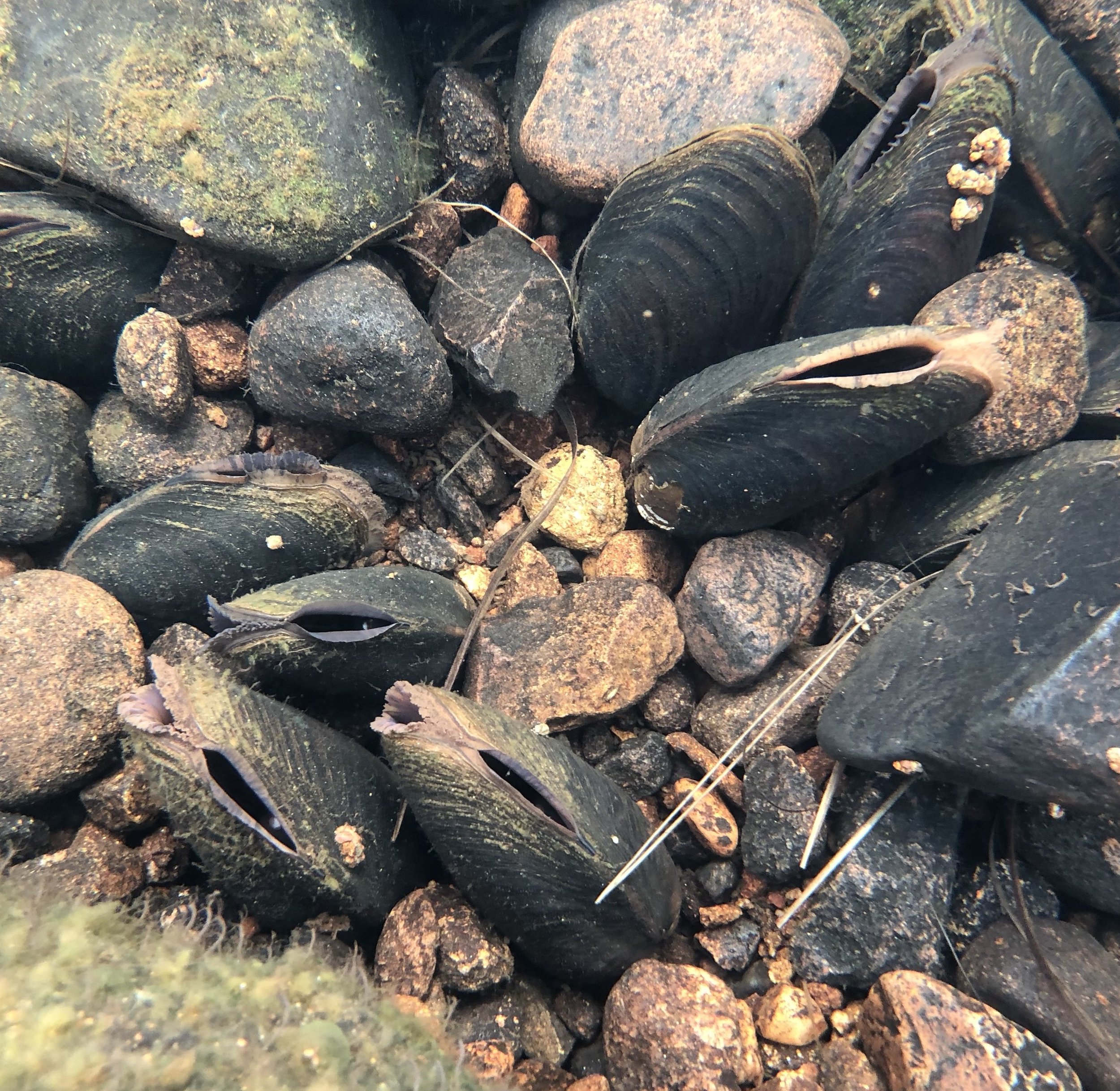

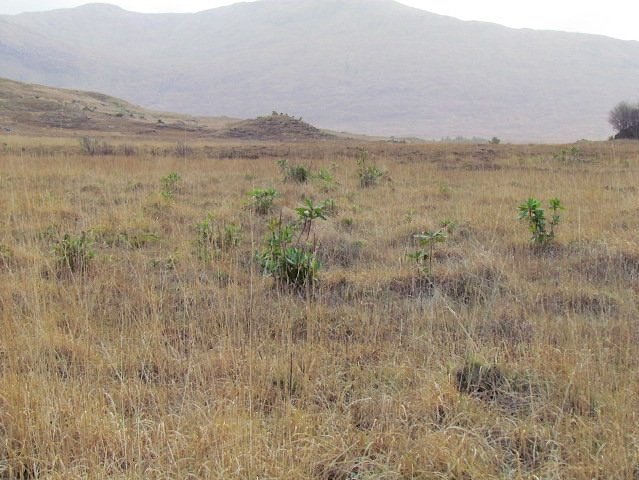
Project plan
The project team, in collaboration with the local community and relevant stakeholders, will develop a control programme for Rhododendron at the catchment level.
As part of this project the implementation of the programme will be tested within a sample area that can develop the most suitable control techniques across typical scenarios where rhododendron occurs, e.g. varying densities, habitats, and locations. This pilot study will help inform the approach to implementing a catchment wide plan. The projects will build on the learnings of other projects such as the MacGillycuddy Reeks EIP and the North Connemara EIP, both these projects have developed innovative approaches in partnership with farmers towards addressing the threat posed by Rhododendron in their respective areas.


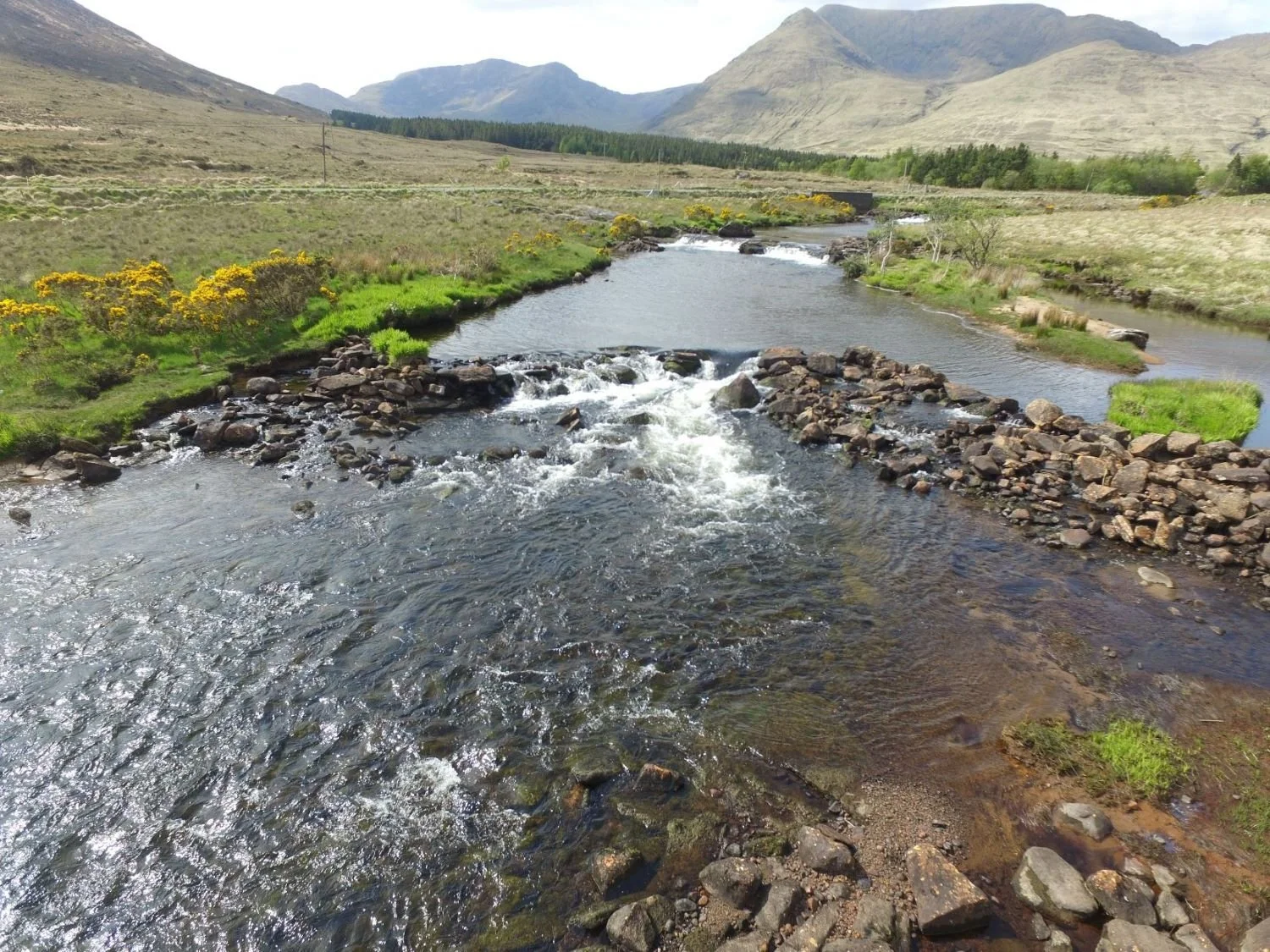
Project stages
Project launch
Stakeholder and community engagement
Catchment wide survey of Rhododendron extent and distribution
Training local groups in best practice eradication methods
Testing eradication in various scenarios within catchment
Develop final action plan for Phase II implementation
Follow projects developments on Wetland Surveys news feed on Facebook or Twitter.
Rhododendron Extent and Distribution Survey
Wetland Surveys recently completed a survey of Rhododendron throughout the Bundorragha catchment in County Mayo as part of the locally led Bundorragha Rhododendron Eradication Programme. The distribution and extent of this invasive species has been mapped using advanced GIS data capture and mapping techniques.
Great work by WSI surveyors Michael Chapman and Adam Van Mechelen who completed the field work in March.

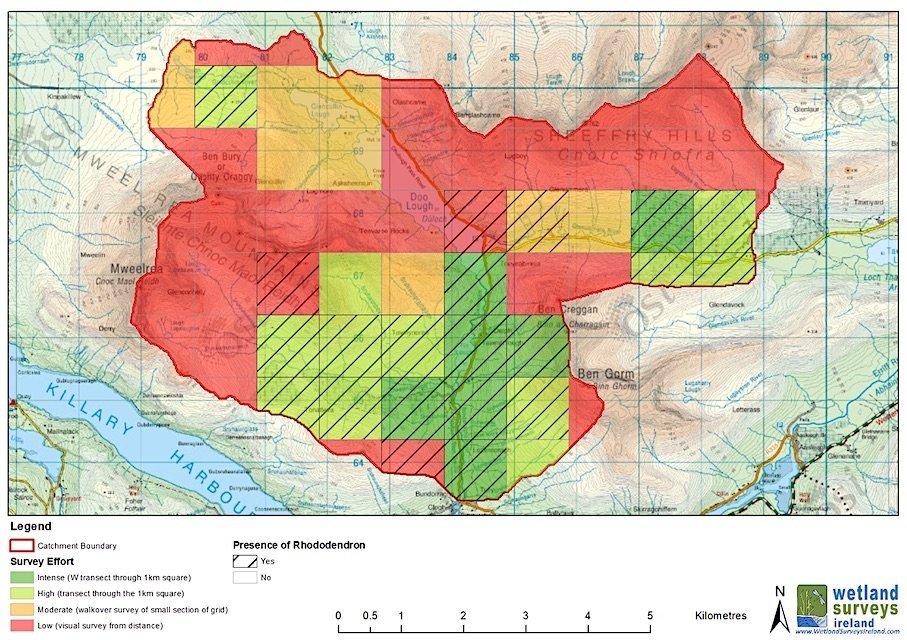
Project Partners
This project is funded by National Parks and Wildlife Service of the Department of Housing, Local Government and Heritage via LIFE IP Wild Atlantic Nature, a project that focuses on adding value to our Natura 2000 network of sites for landowners, communities and the wider public, with a particular focus on blanket bogs.


